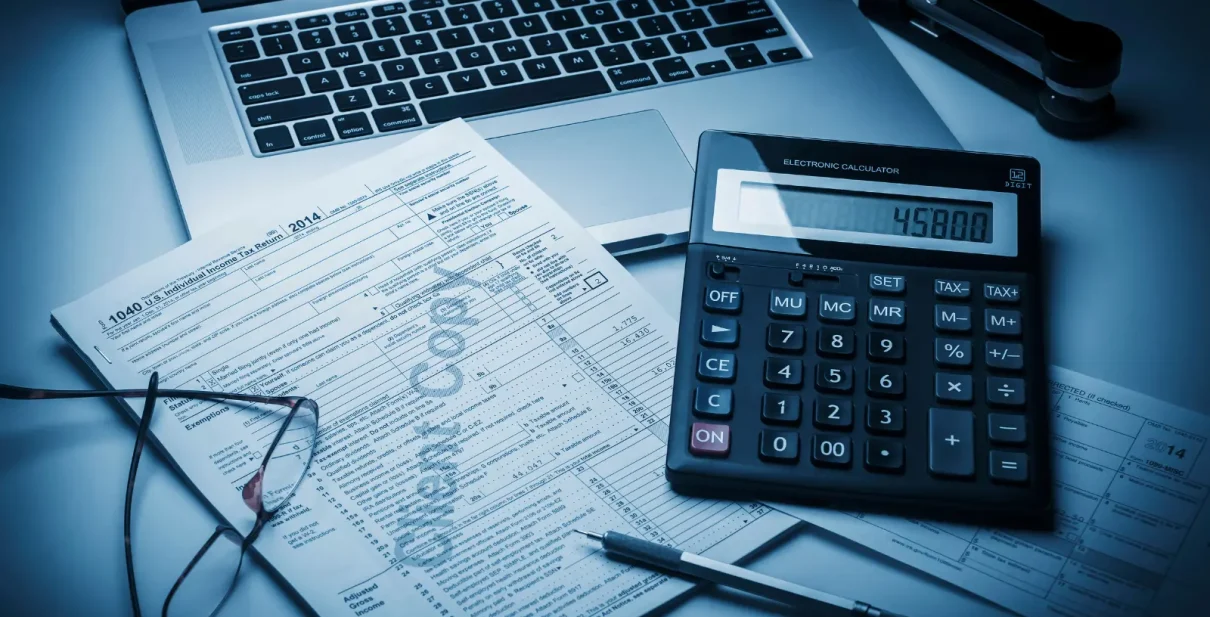The UAE VAT Law distinguishes between:
- Designated Zones
- Non-Designated Zones
Understanding the VAT rules for each is essential to avoid FTA penalties. In 2025, VAT audits focus heavily on free zone transactions.
What Is a Designated Zone?
A Designated Zone is a specific fenced free zone listed in the UAE VAT Executive Regulation.
Examples:
- JAFZA (specific areas)
- KIZAD
- DWC Logistics District
- SAIF Zone Warehouses
Designated Zones are treated as outside UAE VAT territory for goods only, NOT services.
VAT Treatment in Designated Zones
1. Goods
✔ Movement of goods between Designated Zones → Outside Scope of VAT
✔ Import/export via DZ with customs documents → Often Zero-rated
✔ Goods supplied within DZ → May be Zero-rated if documentation is complete
2. Services
All services supplied in DZ are subject to 5% VAT
VAT Treatment in Non-Designated Zones
These are treated as normal UAE VAT territory:
✔ All goods and services → 5% VAT
✔ Export → Zero-rated
✔ Import → Reverse charge applies
Common Errors Leading to Penalties
- Treating services as zero-rated inside DZ
- Missing customs evidence
- Incorrect TRN usage
- Not applying reverse charge for imports into DZ
FTA Focus Areas in 2025
- Warehouse movements
- Import/export documentation
- Misuse of Designated Zone VAT rules
- Free zone traders dealing with mainland customers
Conclusion
Designated Zones offer VAT benefits but only for goods. Services remain fully taxable. Businesses must be careful to apply the correct VAT treatment.
Call to Action
Advanced AnalytIQ offers VAT health checks, VAT refund services, and compliance reviews for Free Zone and mainland companies.
Contact us to avoid VAT penalties in 2025.

